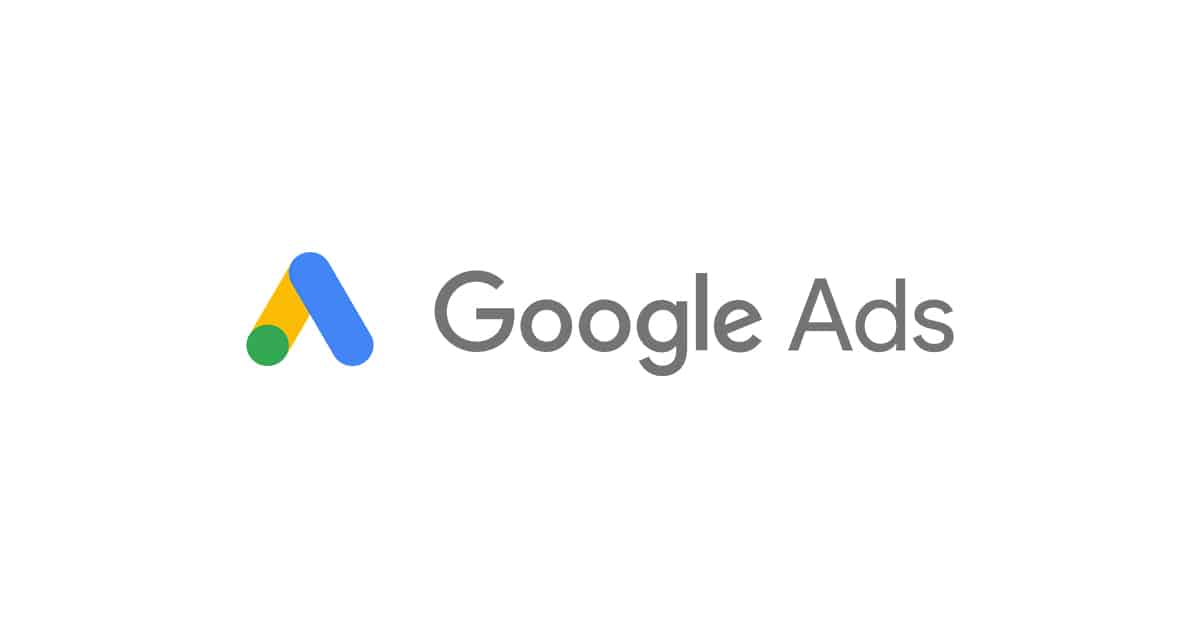Google Ads cloaking is a deceptive technique used by some advertisers to show different content to search engine crawlers and human visitors. It involves presenting search engines with content that is different from what is displayed to users, with the aim of manipulating search rankings and increasing ad visibility.
How Does Google Ads Cloaking Work?
The process of Google Ads cloaking typically involves creating two versions of a webpage: one that is optimized for search engines and another that is designed for human visitors. The search engine optimized version often contains keyword-rich content and other elements that are likely to rank well in search results.
When a search engine crawler visits the website, it is served with the optimized version of the page, which may contain hidden text, keyword stuffing, or other black hat SEO techniques. This version is created solely to trick search engines into ranking the website higher in search results.
On the other hand, when a human visitor clicks on the ad or organic search result, they are directed to a different version of the webpage. This version is typically designed to provide a better user experience, with relevant and valuable content that matches the user’s search intent.
Why Do Advertisers Use Google Ads Cloaking?
The primary motivation behind using Google Ads cloaking is to gain an unfair advantage in search engine rankings and increase ad visibility. By presenting search engines with content that is specifically optimized for ranking purposes, advertisers hope to achieve higher positions in search results, leading to more clicks and conversions.
However, it is important to note that Google strictly prohibits the use of cloaking techniques. Advertisers who are caught engaging in cloaking can face severe penalties, including account suspension or permanent banning from the Google Ads platform.
How Does Google Detect Cloaking?
Google employs sophisticated algorithms and manual reviews to detect instances of cloaking. These detection methods aim to identify discrepancies between the content served to search engines and the content displayed to users. Some common techniques used by Google to detect cloaking include:
- Comparing the HTML code of the page with the rendered content
- Using user-agent and IP address analysis to identify cloaked pages
- Monitoring user complaints and reports
- Manual reviews by Google’s Quality Raters
Google’s ongoing efforts to combat cloaking are part of their commitment to provide users with the most relevant and trustworthy search results. By penalizing advertisers who engage in cloaking, Google aims to maintain the integrity of their advertising platform and ensure a positive user experience.
The Consequences of Google Ads Cloaking
As mentioned earlier, the consequences of using Google Ads cloaking can be severe. Advertisers who are caught engaging in this deceptive practice may have their accounts suspended or permanently banned from the Google Ads platform. This can have a significant impact on their online visibility and ability to reach their target audience.
Additionally, the reputation of the advertiser may be tarnished, leading to a loss of trust among potential customers. Word spreads quickly in the digital age, and negative publicity resulting from cloaking can have long-lasting effects on a business’s credibility and success.
Conclusion
Google Ads cloaking is a deceptive technique used by some advertisers to manipulate search engine rankings and increase ad visibility. However, Google strictly prohibits the use of cloaking and employs various methods to detect and penalize advertisers who engage in this practice. Advertisers should prioritize ethical and transparent advertising practices to build a positive online reputation and ensure long-term success.

